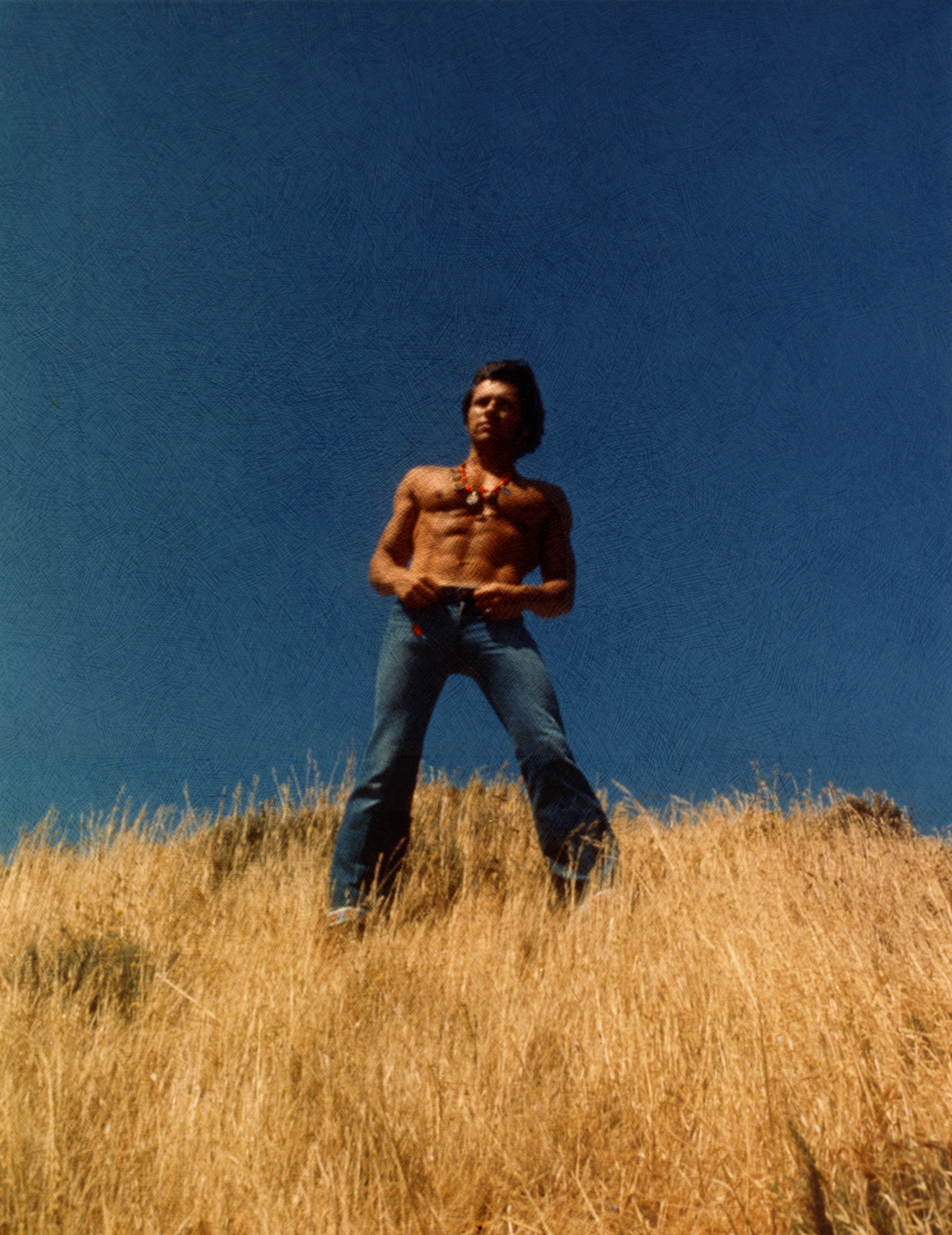|
|
 |
|
|
|
|
|
|
|
|
Age
of Magic
and Enchantment |
|
|
|
|
It
was the Golden Age of magic and enchantment,
an age that saw the dawn and demise
of the hippie culture. Jimi Hendrix, Janis
Joplin, disco, all the outrageous excesses,
the gay movement, and
the assassination of Harvey Milk. There were also
the innovative realities of that period, including the rapidly
developing threat of Nixon’s impeachment and the growing
certainty of the Vietnam War being brought to an end by
the will of the people, who struggled for peace and enlightenment
against formidable opposition. It was also the age of an awakening of the
individual and collective consciousness. The galvanizing effects of these
realities have had their influence in the U.S. to this day. |
|
|
|
Like
a lightening rod that directs its energies to mankind by expanding the cognitive
and affective abilities of the human race, such people as Albert Hoffman, Timothy
Leary, and Ken Kesey, not to mention the Aztec and other ancient Mesoamerican
cultures, opened what some considered to be a virtual Pandora’s Box of
altered perception by introducing LSD and “magic mushrooms” to contemporary
culture, effectively awakening a whole generation to the possibilities for greater
human perception through the use of mind-expanding, hallucinogenic substances.
|
|
|
|
At
this time of burgeoning self-expression, spirited by a compelling self-reliance,
and the stimulating creativity and originality of the time, Mulleian’s
vision and sense of oneness personifies that spirit and is clearly amplified
in his statement: “In order to see God, you must allow God to see through
your eyes.” From a very early age, Mulleian had come to believe that we
are all spiritual entities not separated by boarders, barriers or even time.
That such a profoundly penetrating statement is made with such clarity prompts
one to wonder from what depths of consciousness does it personify? |
|
|
|
From
as early on as age three the artist’s sense of awareness grew until it
would gradually assume the responsibility of a messenger, the themes of peace,
love and transformation to be calibrated thematically within the artist’s
work. Mulleian’s mental, emotional and physical demeanor were of one connective
matrix with the bigger equation, the unification of all things, a thematic paradigm
which became the superlative driving force behind the artist’s often prophetic
vision. |
|
|
|
Or
does the vision stem from something much deeper still? That such an individual
has obtained from the very beginning an inward sense of the purpose of being,
allowing him to consciously live the experience within, one questions the circumstances
that would draw such insight to the surface. Perhaps it rises from his mystical
experience while in Vietnam, or from his Armenian and Black Foot Indian spiritual
heritage, particularly given both of these culture’s history of genocide,
possibly providing a strong genetic influence from the very beginning. These
historical factors might have aided in his strong sense of awareness, indwelling
him with a clear sense of perspective of the human condition, regarding war,
nuclear annihilation and spiritual consciousness in relation to humanity’s
rightful roll in it’s future. |
|
|
|
|
 |
|
|
|
The
photo (above) of G. Mark Mulleian was taken
by notable photographer John
David
|
|
|
|
|
|
|
|
|
|
Hough as a
part of a photographic series for After Dark Magazine in 1974.
|
|
|
|
|
|
|
|
 |
 |
 |
 |
 |
 |
 |
 |
 |
 |
 |
